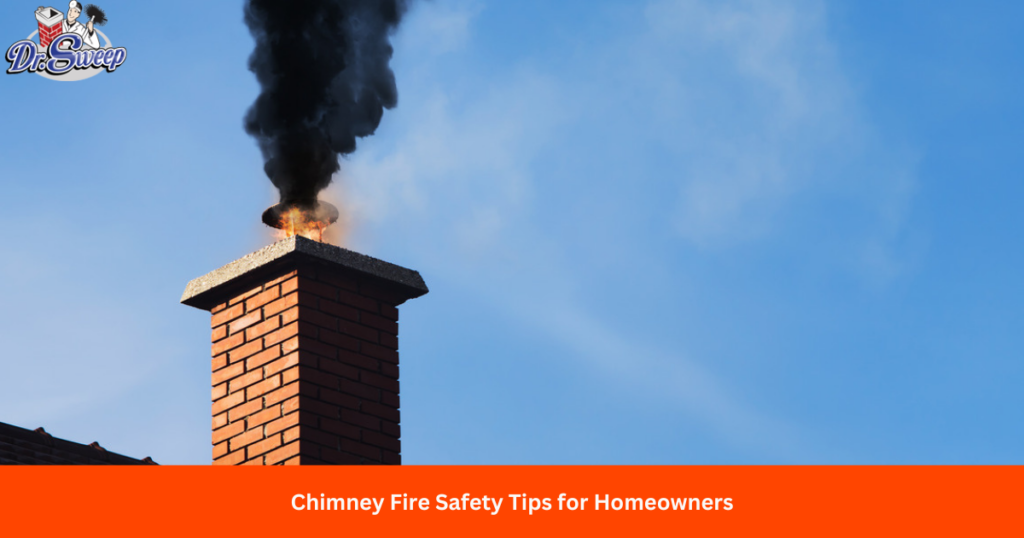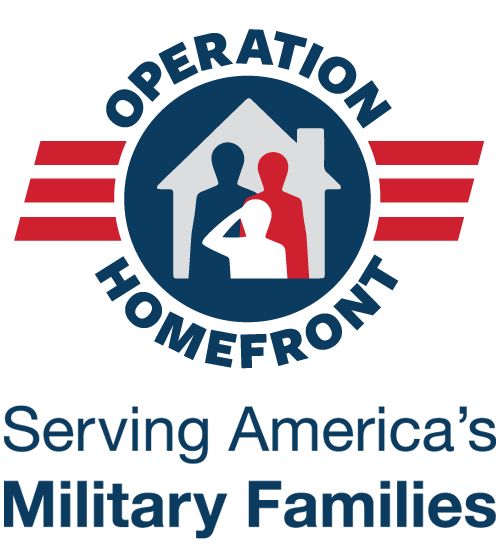
A cozy fireplace is a source of warmth and comfort, but it also comes with responsibility. One of the most significant dangers associated with fireplaces is the risk of a chimney fire. These fires can start without warning and spread quickly, causing extensive damage to your home. Understanding how to prevent chimney fires and maintain your chimney properly is crucial to keeping your home and family safe.
In this article, we’ll explore essential chimney fire safety tips for homeowners. From understanding how chimney fires start to learning the importance of regular maintenance, we’ll cover everything you need to know to protect your home.
How Chimney Fires Start
Before diving into safety tips, it’s essential to understand how chimney fires start. The most common cause is the buildup of creosote, a highly flammable substance that forms when wood burns in your fireplace. Creosote accumulates inside the chimney walls over time, and if it isn’t regularly cleaned, it can ignite, leading to a chimney fire.
Other potential causes include improper installation of the chimney or fireplace, using wet or unseasoned wood, or damage to the chimney lining. Knowing the risks is the first step toward prevention.
Tip 1: Regular Chimney Inspections
The foundation of chimney fire prevention starts with regular chimney inspections. A professional chimney sweep can assess your chimney for any signs of damage, creosote buildup, or other potential hazards that could lead to a fire. The National Fire Protection Association (NFPA) recommends that homeowners have their chimney inspected at least once a year. These inspections are especially important before the start of the winter season when fireplaces are used most frequently. By hiring a qualified chimney sweep, you can ensure that your chimney is free of blockages, cracks, or creosote buildup, reducing the risk of a chimney fire.
Tip 2: Schedule Regular Chimney Cleanings
Even if your chimney doesn’t show any visible signs of creosote buildup, it’s crucial to have it cleaned regularly. Chimney cleaning is essential to remove creosote, soot, and any other debris that could catch fire. Creosote can form in different stages: light, flaky deposits or sticky, tar-like substances. Both can ignite, but the latter is much harder to clean. A professional chimney sweep can remove creosote buildup effectively, ensuring your chimney is safe for use. How often you need your chimney cleaned depends on how frequently you use your fireplace. Regular users should schedule a cleaning at least once a year.
Tip 3: Burn Seasoned Wood
The type of wood you burn in your fireplace can significantly impact the amount of creosote buildup in your chimney. Burning unseasoned, or wet, wood results in more smoke and moisture, which can lead to faster creosote accumulation. To prevent this, always use seasoned wood in your fireplace.
Seasoned wood has been dried for at least six months to a year and contains less moisture, allowing it to burn cleaner and produce less creosote. Avoid burning household trash, cardboard, or treated wood, as these materials can also contribute to dangerous creosote buildup and increase the risk of a chimney fire.
Tip 4: Install a Chimney Cap
A chimney cap serves multiple purposes when it comes to fire prevention. First, it prevents rain, snow, and debris from entering your chimney, which can lead to blockages and moisture problems. Second, it keeps animals from nesting inside your chimney, which can cause dangerous obstructions.
More importantly, a chimney cap reduces downdrafts and prevents sparks from escaping the chimney, potentially igniting nearby materials. By installing a chimney cap, you can add an extra layer of protection against chimney fires while also improving the efficiency of your fireplace.
Tip 5: Monitor for Warning Signs of a Chimney Fire
Chimney fires don’t always happen with dramatic flames. In many cases, they can be slow-burning and go undetected, which can be equally dangerous as the chimney’s internal structure gets compromised over time.
Some common warning signs of a chimney fire include:
• Loud cracking or popping noises coming from the chimney
• Dense, black smoke billowing from the chimney
• An intense, hot smell
• Flames visible from the top of the chimney
If you notice any of these signs, it’s essential to act immediately. Extinguish the fire in the fireplace, evacuate your home, and call emergency services.
Tip 6: Use Fireplace Tools Safely
Fireplace tools and accessories can help you manage the fire, but they should be used with care. For example, always use a fireplace screen to prevent sparks or embers from escaping into your living space. This reduces the risk of furniture or carpets catching fire.
Additionally, use long-handled fireplace tools to adjust logs safely and avoid throwing in flammable liquids like gasoline or kerosene, as these can cause the fire to spread uncontrollably.
Tip 7: Keep the Fireplace Area Clear
When you’re enjoying a cozy fire, it’s easy to overlook what’s near the fireplace. However, keeping the area around your fireplace clear of flammable materials is essential for fire safety.
Items like newspapers, books, curtains, and furniture should be kept at a safe distance from the fireplace to avoid accidental fires. Store firewood away from the hearth and never use your fireplace as a place to burn household trash.
Tip 8: Install Smoke Detectors and Carbon Monoxide Alarms
Fireplaces can produce both smoke and carbon monoxide, a colorless, odorless gas that can be deadly if inhaled in high amounts. For safety, ensure that your home has functioning smoke detectors and carbon monoxide alarms, particularly in rooms where a fireplace is in use.
Test these alarms regularly to make sure they are working correctly, and replace the batteries as needed. In case of a chimney fire, these devices can alert you early, allowing you to take quick action.
Tip 9: Hire a Professional for Repairs and Maintenance
DIY fireplace repairs might seem like a cost-saving measure, but for serious issues, it’s always best to hire a professional chimney sweep. Chimney repair is intricate and requires a thorough understanding of the structure and safety protocols.
Whether you need a new chimney liner, a chimney cap installed, or repairs to cracks in the masonry, leave it to a professional who can ensure the job is done safely and correctly.
Fire Safety Starts with Your Reliable Chimney Sweep in Warren
Preventing chimney fires requires ongoing maintenance, attention to detail, and a commitment to safety. By following these chimney fire safety tips, you can enjoy the warmth and comfort of your fireplace without worrying about risks. Dr Sweep is dedicated to keeping your chimney in excellent condition. As your trusted chimney sweep in Warren, MI, we provide thorough inspections, cleaning, and repairs to ensure your fireplace operates safely and efficiently. Whether you need routine maintenance or more extensive chimney services, our team is here to help. Send a message for an appointment and enjoy peace of mind knowing your chimney is well-maintained and safe for use!
Dr Sweep
24800 Warner Ave suite 103, Warren, MI 48091
(248) 639-4897



